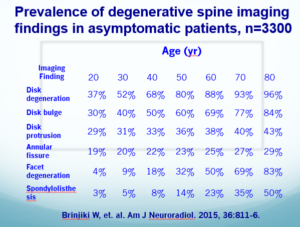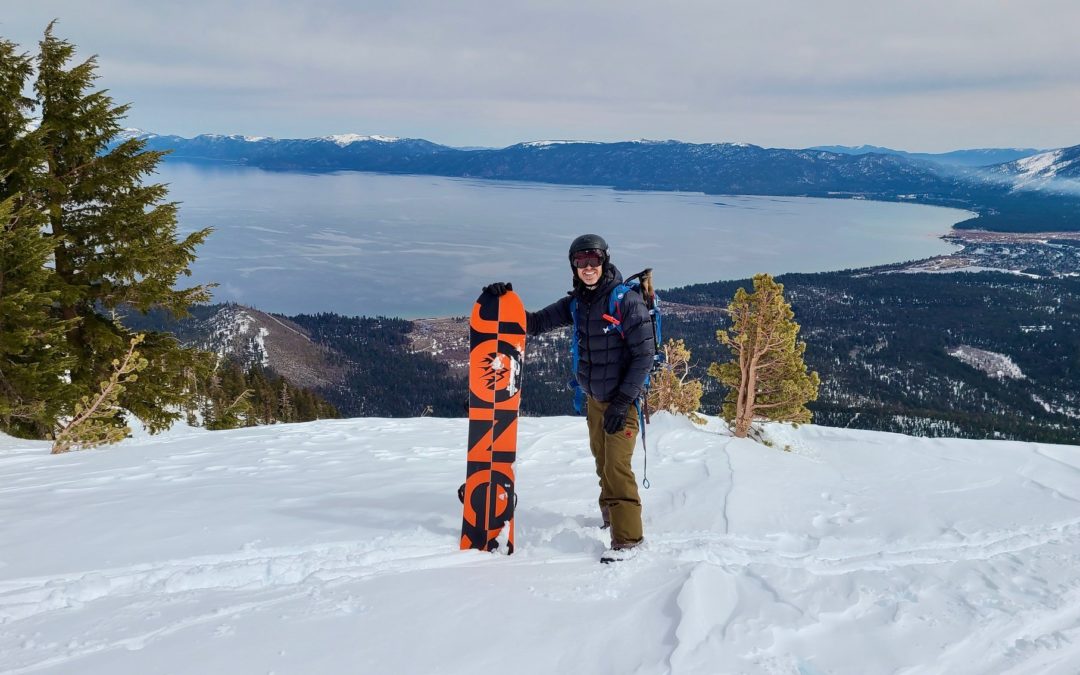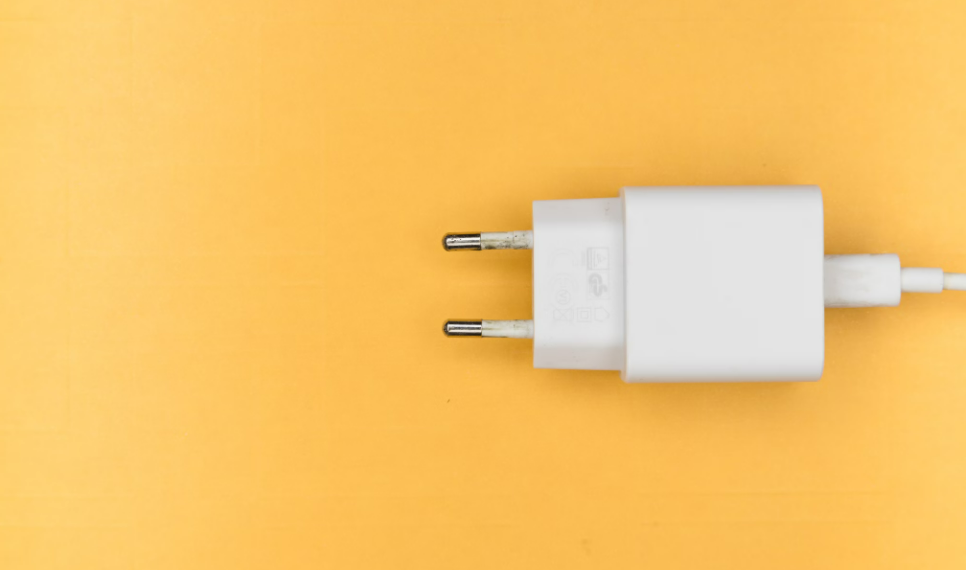Photo is me after the grueling hike up Mount Tallc on March 17th, 2021
*This article does not constitute medical or psychological advice in any way, and is not a substitute for meeting with a qualified medical provider to ensure your condition doesn’t require medical intervention.
I’ve been meaning to write this for a long time. I am sharing this because I believe others will find hope and healing through my story.
In the summer of 2005, I experienced a sports related shoulder injury. This began a downward spiral of severe, ongoing, and widespread chronic pain that lasted over a decade.
Initially, I thought it was just an injury, but it didn’t heal. In fact, I began to experience pain in many other parts of my body.
I had a history of lots of action sports, so I thought maybe all my past injuries were catching up with me at once (at age 25).
I had multiple MRIs and was eventually diagnosed with three herniated discs in my neck and low back, and degenerative disc disease. But my upper back had severe pain at times too, with no disc abnormalities there.
My pain seemed to spread and move around. Severe burning, aching, or a combination. Maybe it was a nerve disease? Could all my joints be structurally damaged, and all at once?
Aside from my back and neck, the tendons in my arms hurt from typing, both knees ached, my hips hurt at times, my wrists bothered me, along with my shoulders, elbow, and even my jaw.
I was eventually diagnosed with TMJ, IT band syndrome, carpal tunnel, meniscus problems, tennis elbow, peroneus tendonitis, patellar tendonitis, a torn labrum, frozen shoulder, and thoracic outlet syndrome. Those are just the ones I can remember.
I became obsessed with anatomy.
I was in my final year of graduate school, working on my doctorate, I also worked 30 hours a week at a hospital, and spent a lot of time going to doctors’ appointments.
I eventually came to the conclusion that it must be some kind of systemic condition because it was affecting me so broadly.
I saw every medical specialty available—rheumatology, infectious disease, orthopedic surgeons, neurology, physical therapy, and others. I got second and third opinions.
The doctors suggested it was Fibromyalgia, Lupus, Epstein Barr, or Lyme Disease—but there was no definitive answer, no conclusive test finding.
After getting no real answers through my health insurance, I began to seek relief through alternative medicine. I tried everything I could find—chiropractic, acupuncture, massage, a year of intensive postural retraining therapy, Bowen therapy, the Egoscue method, the Gokhale method.
I spent tens of thousands of dollars that I didn’t have as a poor graduate student.
I went gluten-free, vegan, tried blood-type diets, and took Diatomaceous earth for months. But nothing made much difference.
If you have to google some of these terms, you can see how far I went in trying to get well.
At one point I lost so much weight I was 140 pounds. At 6-foot-1, that is slim. I walked gingerly, tried not to strain or irritate anything. I couldn’t even carry my work bag for 5 minutes without my neck hurting. People said I walked like a floating apparition.
I kept coming back to chronic Lyme Disease as a plausible explanation because the symptoms sounded so consistent with my experience, so I tested for it numerous times—all negative tests—finally seeking a private specialty laboratory, which suggested I “probably” had it, along with another disease called Babesiosis.
I found a medical doctor who specialized in chronic Lyme Disease and took antibiotics for the next two and a half years—sometimes taking up to five different medications at once, three times per day—handfuls of pills and tablespoons of malaria serums. It was brutal, and wreaked havoc on my system.
Right before my honeymoon to Fiji, I finally said no more.
The treatment had become worse than the condition. The antibiotics never brought any relief, and I didn’t feel any worse once I stopped.
I would spend many more years searching for an answer and enduring constant pain that never remitted.
They finally sent me to the chronic pain clinic because there was nowhere else to go.
For the next ten years I took eight pain pills per day, and sleeping medications every night in order to keep working and functioning.
But I continued to seek answers.
I got epidural injections in my back. I had three joint surgeries in my knees and shoulder. I bought every physical therapy tool I could find and eventually was doing three hours of physical therapy per night.
If I was anything, I was persistent. I was determined to get well and get back to my life of adventure and exercise.
My living room looked like a medieval dungeon of torture devices. My wife would watch TV as I lay on the floor like some kind of circus contortionist—grinding and stretching my tissue incessantly. I’d hang by my feet in an inversion table, then connect myself to electrodes shocking and contracting the muscles. Then I would use a combination of ice and heating pads while applying Capsaicin cream to burn the skin to such a degree that it would finally distract me.
But I couldn’t keep up with the number of places my body would hurt or ache. Only in retrospect is this hilarious. My friends had several good laughs at my expense!
I had every ergonomic device known to humankind. I bought the most expensive bed available and slept with three special pillows. My car had back and neck pillows in the driver’s seat. At work I had a saddle chair (yes you read that correctly), a standing adjustable height desk, and an ergonomic mouse and keyboard. I kept a yoga mat and a foam roller in my office.
But all the posture training and proper ergonomics never made a difference. To my amazement, and discouragement, I actually got worse. I even got to the point where I couldn’t turn my head for more than a year because my neck hurt so badly.
Strangely, activity did not make the pain much worse or better. I’d given up running or lifting heavy weights, but I could still do many activities.
Through all this time I finished my dissertation, received my doctorate, passed my licensing exams, became board-certified, got married, bought a house, took 10 international trips, and had several promotions at my job.
I was functional—but I was in constant pain.
I didn’t want disability payments, I didn’t want pain medicine, I desperately wanted my life back. I wanted to work hard, travel, exercise, and I wanted to be able to be active with my future children—showing them all the things I loved about the world.
Then in 2015, I found the answer that properly diagnosed and treated my condition, and completely eliminated all my chronic pain, permanently.
The answer
In March of 2015, I finally went to a prominent university to request back surgery.
I had so much pain, I thought maybe if I could just have surgery on several areas of my body over the next several years, maybe I could finally get out of pain.
But the neurosurgeon said something that shocked me and would point the way to the answer. “Parker, MRI findings are not a good indicator of pain. We see people who complain of horrible pain and have normal or minor disc findings, and we see people’s scans who we would think would be in a wheelchair from so much spinal damage, and they are healthy and active.” They told me if I was still active, they would not operate.
As it turns out, this fact is pretty well known in the medical community and many reputable studies support this finding. It’s just that modern medicine doesn’t know exactly what to do with this conclusion.
See finding from Brinjiki et. al., American Journal of Neuroradiology 2015.

You can see from the table that 80% of people with NO pain had degenerative disc disease on imaging by age 50. All 3300 patients in this study were asymptomatic—no pain reported. Note the other significant findings.
I was referred a few weeks later for a consult with the chronic pain doctor (at that same reputable university). He left me with two medical residents for an hour who asked me very basic questions, which really irritated me, and then came in and spent 5 minutes with me.
“I think I know what the issue is.”
I was ticked. I thought, yeah right, no freaking way this guy figured it out without even talking to me. If I had a dollar for every practitioner that had said that to me.
He quietly printed me a single page on his office printer, “I want you to read this book. I think it explains your problem. I think you will get it.”
I didn’t even look at what he handed me. “Do you think I need surgery? Maybe anti-depressants? I heard those work for some people with pain?”
“Nope” he said matter-of-factly. “I just think you need to read this book.”
He walked out of the room and I never saw him again because it was his last day at the clinic—but he literally saved my life.
I looked down at the handout and it was an Amazon printout of The Divided Mind by John Sarno, MD. I thought, this dude is probably some quack doctor.
I walked to my car and googled the book to see if anyone had ever even read it.
To my surprise, it had a ton of great reviews from patients just like me who claimed that nothing had worked until they read his books. I could not imagine how reading a book would cause any kind of pain relief and I was extremely skeptical given my scientific training in graduate school and all my study of human anatomy over the past decade.
I did not have much hope at this point, but I ordered the book and found a PDF version of another book by the same author free online.
Within the first few pages, I was hooked.
This seemed like the explanation, and I saw myself on every page.
Then the unthinkable happened. I got better—rapidly and permanently.
The legacy of John Sarno MD
John Sarno was a chronic pain doctor who worked at the prestigious Rusk Institute at NYU for nearly 50 years.
After a decade of treating patients with injections, surgery, physical therapy, and pain medications—most people were not getting better.
In fact, he noticed something troubling. Often, they would get surgery on one joint, only to come back in the next few years needing surgery on another area of the body.
He describes this as a very unfulfilling medical career because all the tools he had at his disposal were not making people better.
As a true scientist and pioneer, he decided to look deeper, to look beyond the explanations offered by the current medical model he had been trained in.
He began sitting down and talking to his patients with in-depth interviews, searching for something they had in common that might explain why they all had chronic pain.
Here is what he discovered: Most of his patients were not looking for free disability or a never-ending prescription for opiate medications. They were people like me. They wanted to exercise, have fulfilling careers, travel, and play with their children.
Most of them were hard-working, driven, achievement oriented, and prone to helping others—often putting large amounts of pressure on themselves to succeed.
Many were perfectionistic, somewhat obsessive, people-pleasing, and often felt guilty for minor things. Many came from families who suppressed emotions and didn’t address conflict. But they knew how to push themselves to succeed.
In other words, these were tense people.
But in many cases, this was not obvious until he talked with them for quite a while. The patients would often not describe themselves as tense.
He observed something else—most of his patients were between the ages of 30 and 60, or “the ages of responsibility.” He thought this was strange because if pain was due to degeneration of the spine and joints, one would expect that most of his pain patients would be elderly, but they weren’t.
I cannot explain his entire theory here, but to summarize it—he believed that patients were creating tension through a combination of learned personality traits, suppressed emotions, and mental habits (such as pressuring oneself or feeling guilty) that were affecting the brain and nervous system—and causing very real physical pain.
He called this condition “Tension Myositis or Myoneural Syndrome” or TMS.- (essentially muscle and nerve related pain). Most specialists now call this condition Mind Body Syndromes.
If you have a scientific background, you will find that Sarno’s explanations are well-supported by modern neuroscience, behavioral conditioning, psychology, amygdalar hijacking principles, and neuroplasticity.
He began to talk to patients about their childhood, having them journal, and telling them not to be afraid of the pain or focused on it, and to return to physical activity. Counterintuitively—he encouraged patients to stop doing physical therapy or using ergonomic devices.
He started offering lectures once a month explaining that patients were not really injured and that their spines were not damaged, or that the degeneration observed on the MRI was not the true cause for their pain.
What happened?
Many patients reportedly began to experience miraculous improvements and even complete elimination of pain.
Astonishingly, patients described other symptoms resolving too—most commonly IBS, migraine headaches, skin conditions, fatigue, and other longstanding health issues. He theorized these were also tension-related conditions influenced by the brain and nervous system.
This is what happened in my case.
While reading his book, I began to experience an immediate reduction in my pain levels. It was almost unbelievable.
I came to find that several famous people had similar miraculous healing experiences by reading Dr Sarno’s books—including Howard Stern, Larry David, and John Stossel of 20/20.
You can listen to Howard Stern’s story on Youtube about Dr Sarno here.
You can watch the 20/20 Youtube video about Dr Sarno here.
After about 4-5 months, my pain had nearly vanished.
I was off all medications. I had eliminated all ergonomic devices and never used them again. I stopped doing physical therapy. I was running several miles after 10 years of no running, lifting heavy weights, and back to mountain biking, snowboarding, and backpacking. I could carry a 40-pound pack through the mountains for several days while sleeping on the ground—without neck or back pain now. I also stopped all special diets.
It has been nearly 8 years since I recovered from chronic pain and back to full unrestricted activity.
The real cause of my pain could not have been the 3 herniated and degenerated discs in my spine—if I was suddenly able to do all of these activities without pain for the next 8 years.
I had believed for 10 years that my body was “irreparably damaged” “worn out” or “too far gone”—and had been telling myself and others that story for years.
There is a rapidly growing community of doctors and researchers adding to Sarno’s approach every day. There is even an App called Curable that is extremely cheap and showing promising patient outcomes. You can read about their patient surveys, science, and their board of reputable doctors here.
If this approach interests you, you can check out the PsychoPhysiologic Disorders Association. They also have a reference page with over 200 peer-reviewed journal articles showing clear scientific evidence for this approach to pain and other common physical syndromes like IBS or migraines.
I am also extremely excited to share that a new landmark study (the Boulder Back Pain Study) was just published in JAMA psychiatry showing that “66% of randomized patients treated with PRT (a Mind Body intervention) were pain free or nearly pain free at posttreatment. Treatment effects were maintained at 1-year follow-up.” Patient fMRI’s were taken before and after to observe actual reduced pain activity in the brain.
Tragically, our medical model sees nearly all physical problems as structural, genetic, or dietary. This view is so deeply ingrained in our media, culture, medications, money, language, and treatments—that a paradigm shift toward understanding Mind Body Syndromes is probably still a long way off.
But I do believe a shift is occurring and will happen eventually.
If my story helps one person, it was worth posting! Thank you Dr. Sarno, you (and many other practitioners that have followed in your footsteps) have literally saved my life.
I have no financial interest or conflict of interest in any of the organizations I mentioned in this post.
If you would like to listen to a podcast recording where I tell my full story, click here.
Have a great weekend!
Parker
*If you have enjoyed Parker’s blog, check out The Next Peak Podcast that Parker co-hosts. We interview successful leaders and discuss research-based principles that help people win in the workplace without compromising the things that matter most—relationships, a life of purpose, and health.
Want more? Suggested Resources Below
- Healing Back Pain by John Sarno MD (many other books also)
- Unlearn Your Pain by Howard Schubiner MD
- The Great Pain Deception by Steve Ozanich
- TMSwiki.org
- Tell me about your pain Podcast by Alan Gordon LCSW
- PsychoPhysiologic Disorders Association
- Curable App and website
- Thank you Dr Sarno Website with hundreds of patient healing stories http://www.thankyoudrsarno.org/



